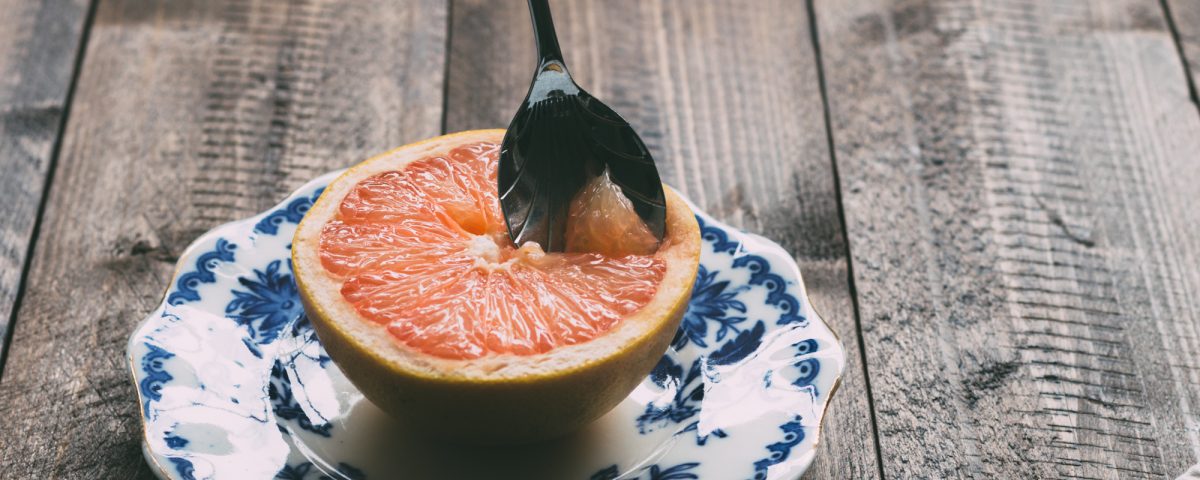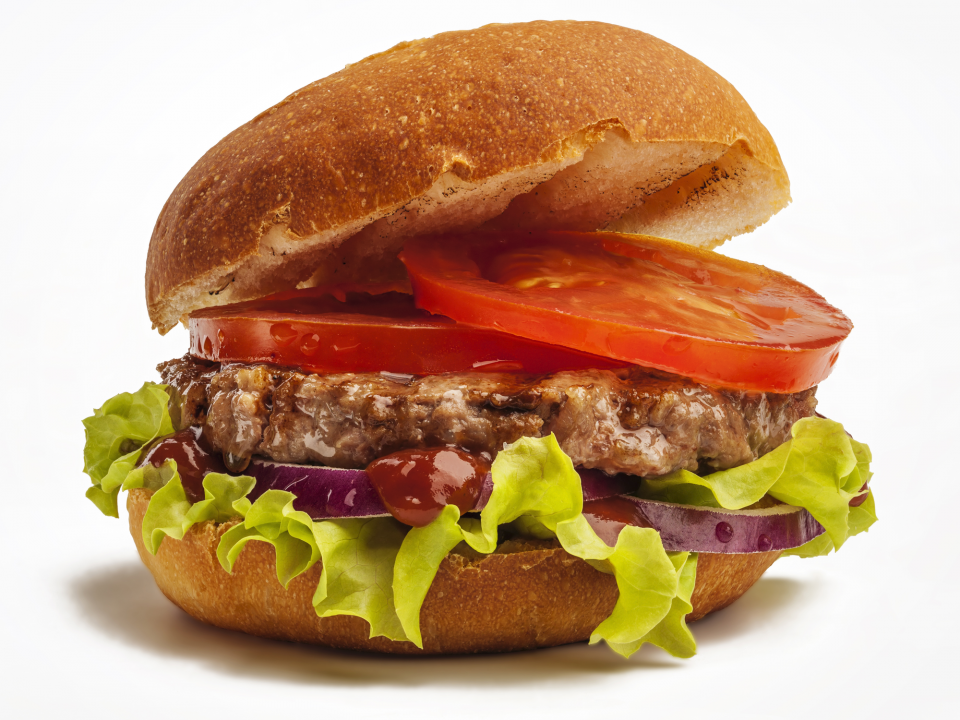
The “Whey” on Protein
March 2, 2017
Coconut 101
March 12, 2017By now, most of us have filled up on Thanksgiving sweet treats like pumpkin, apple, and pecan pie plus many other holiday favorites. Oh yeah–with extra whipped cream too! Not only do most of us have a slice of pie after the big Thanksgiving meal, but we also have a slice or two for leftovers days after.
Do you find yourself craving even more sweet treats now that the holiday is over? Did you know that eating sugar- filled desserts actually makes you crave even more sugar? Say what?! The reason we tend to crave more sugar is because processed sugar (which is what we usually find in many of our food products) does not provide the body with any nutrition what so ever—just lots of empty calories. Therefore, the body does not feel satisfied and nourished after eating these items, making us crave even more sugary treats. Our taste buds also get used to this sweetness making us want even more sweetness. On the other hand, when we eat healthy and nourishing foods–we actually start to crave these as well. The good news is we can train our taste buds to crave whatever it is we choose but simply eating more of that food.
Now back to sugar. Some people believe that all sugar—no matter where it comes from, is the culprit for making our society unhealthy and obese. But, sugar is not the problem in our society—it is the over-consumption of processed sugar like white sugar and high fructose corn syrup that is the real issue. Sugar is in everything from breads to ketchup to breakfast cereal. It seems to be everywhere we turn. By eating these sugar- filled foods, it makes us crave them even more causing us to overeat and over consume sugar as a whole. It is an ugly on going cycle that needs to be stopped!
Want to learn how to defend yourself from this scary world and over-consumption of sugar? Arm yourself by knowing exactly where sugar is lurking. Start by reading the ingredients list and choosing items with fewer ingredients and no added sugars, cane juice, maltodextrin, dextrose, syrups, or glucose of any kind. Instead, find ways to add natural sweetness to your life.
At On Target Living we love upgrading everything from our food choices to our workouts to even the way we sleep. Why should sugar be any different?
Do you think the sugar found in sugary cereals does the same thing in our body as sugar found in an apple? An apple is sweet, juicy, and makes you feel satisfied unlike sugary cereal, which makes you feel hungry just minutes after eating it.
Let’s dive in a little deeper. An apple contains natural sugar called fructose. Fructose is the natural sugar found in honey and fruit. When eaten in its whole form (closest to the source) it provides the body with nutrition and nourishment. Yes, an apple may be considered “high in sugar” but what is the source of this sugar? It’s simply real food—real fruit—from a real tree! Due to all of the good and delicious things that go with it—an apple is a perfectly wrapped package.
Your body knows exactly what to do with the “sugar” from an apple compared with “processed sugar” found in sweetened beverages and processed foods. When you bite into an apple, you are instantly flooded with mouth watering digestive enzymes. This is why an apple starts to turn brown when you bite into it. When these enzymes are exposed to air it causes enzymatic browning. Make sense? This instantly starts your body’s digestive process. Not only is your body digesting and absorbing this sugar—but it is also doing it very slowly due to the fiber found in the skin and pulp of the apple. Fiber is a type of carbohydrate that the body can’t digest. This causes you to feel fuller longer and can regulate bowel movements by adding more bulk to your stools. (How did we go from talking about sugar to bowel movements?! Ha—did I get your attention?)
Because we all love desserts and desserts are a must around the holidays—let’s find ways to make our holiday desserts just a little bit healthier but no less delicious! After all, life is about living deliciously!
Simply, upgrade your sugar by choosing natural ways to sweeten! When you choose natural ways to sweeten, you will surprisingly crave less because it will be much more nutritious and satisfying.
Real Fruit
There is nothing sweeter than nature’s candy. Fruit of all kinds is naturally sweet and can curb your sweet tooth like a total rock star. Take it a step further by snacking on dried fruits like raisins, mango, pineapple, apples, and bananas. These are concentrated sources of the whole fruit and provide more flavor making them great additions for making your recipes sweeter and healthier. You can also try adding applesauce or pureed fruit to your recipes in place of fat/oil for more flavor and texture. Want sweetness at the source? Can it get any sweeter than dates or figs? Not only are these fruits super sweet, but they are also loaded with fiber and the calming mineral, magnesium. Add them to smoothies, plant based milks, or blend with nuts for a delicious date/fig-nut pie crust.
Organic Coconut Sugar

Organic Agave Nectar
Agave is produced from the blue agave plant. Since agave is one and a half times sweeter than table sugar, a little goes a long way. It also doesn’t affect your blood sugar as much as table sugar. Because there are now a lot of agave products that tend to be highly processed—always choose an organic agave nectar brand and make sure the only ingredient listed is 100% organic agave.
Raw Honey
Raw honey provides antibacterial and antioxidant properties as well as trace amounts of vitamins and minerals. Some studies have shown that honey helps cure coughs and sore throats. Honey, similarly to agave, is sweeter than table sugar, allowing you to add more flavor for less. (Local honey is also a good choice)
100% Pure Organic Maple Syrup
Maple syrup comes directly from the sap of the tree and is high in both manganese and zinc. Manganese assists with many enzyme reactions in the body, while zinc has immune boosting properties. Try sweetening your oatmeal or desserts with maple syrup for a great sweet taste.
Organic Stevia

100% Organic Pure Cane Sugar

This is why sugar is now highly processed and genetically modified for mass production. Sugar ranks next to corn and soy as a high-risk genetically modified (GMO) crop. Which means, most sugars on the market will be genetically modified unless otherwise labeled with a USDA Organic or Non-GMO Project Verified seal.

The Environmental Working Group (EWG) just released that genetically modified salmon may hit the market within two years. Yikes is right! Luckily, many grocery retailers have already refused to carry this “frankenfish.” (More to come on this topic).
Choosing foods at the source and buying local and organic will help you avoid these scary foods. Your best bet is to cook more meals at home and trust foods at the source.






